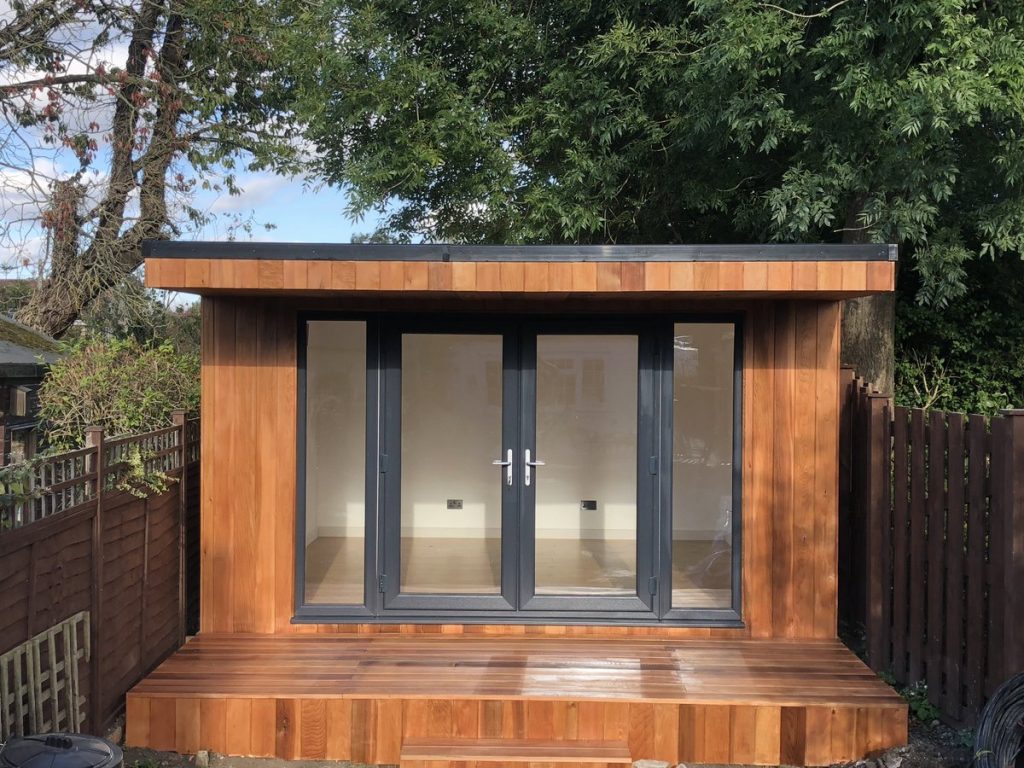A door opens, and a door closes. It separates environments and provides entryways into new ones. However, they’re not all made the same and cannot fill the same roles.
Whether commercial or residential, every building will need both interior and exterior doors. For those without prior structural knowledge, doors may all seem the same. How different are they really?
THE 3 PRIMARY DOOR DIFFERENCES:
There are varying lever designs, accessory types, use of windows, materials and colors. But aside from obvious visual differences and preferences, functionality becomes a key factor in deciphering the needed door type. Here are some basic differentiators to consider when purchasing interior or exterior doors:
- Insulated Core
Perhaps the most crucial difference between interior and exterior door happens inside of the door. Based on purpose, each door type requires a different insulation levels. Varying levels of durability are required.
INTERIOR: Most interior doors have no insulation at all, and are often completely hollow inside. Without the need to stand against weather predicaments, the interior doors serve as visual and mental barriers between rooms. They rarely include much noise or temperature protective capabilities.
EXTERIOR: Exterior steel doors will need to accommodate for the inevitable weather abuse. They are made to be snowed on, rained on, battered and subjected to piercing UV sun rays. For this reason, they are difficult to transition into interior doors. The exterior door may have battle scars that make readjustments challenging.
- Material Uses
To understand why interior and exterior doors function differently, it helps to know how they are made. The materials used provides another primary door type differentiator.
INTERIOR: Most interior doors are completely hollow inside. They are not soundproof or weather proof. For this reason, they are often made with a single material, typically wood or fiberboard. They are rarely made with metal.
EXTERIOR: On the other hand, exterior doors are almost always made with steel or another type of metal. This makes them more expensive but much more durable. Exterior doors are able to protect against drafts and condensation. For anyone considering using an interior door for outside purposes, the additional costs of heating and cooling bills will quickly negate initial savings.
- Outer Appearance
The placement of decorative design distinguishes interior from exterior doors. Exterior doors often have facial decorations only on the one side. However, interior doors are made with double-sided aesthetic appeal.
EXTERIOR: Outer doors are often sold with a face or veneer layer that is quite thick. This layer functions as part of the weather-stripping. When evaluating different options, you may see this feature listed as “glazing.” You’ll want to choose double or even triple glazing to provide additional protection. However, the level of protection needed will vary based on your given climate.
INTERIOR: The inside door will not include weather-stripping features. Additionally, most interior doors are about 30” wide while their exterior counterparts are a larger 36” wide. While not immediately noticeable, those few inches will make a usage transfer quite the headache.

INSTALLING FRENCH DOORS
The most important part of installing a French door is measuring the radius of the swing. Make sure there are no furnishings planned for the area within the door’s swing path. The next thing to check is the jamb depth of the opening, and plan to purchase a door that will fit inside that depth. If you have a newer home, you will probably have an easy fit with a standard-sized French door. Older homes have non-standard sized openings, so you may need to install a new jamb inside the opening to fit the French doors of your choice. For standard door frames, French doors also are offered in pre-hung kits, making installation much easier and more straightforward. Pre-hung doors eliminate many of the steps necessary to installing a door. Always follow the guidelines supplied by the manufacturer.
If you are planning to install French patio doors to replace sliding doors for deck or patio access, you will need to purchase entry French doors. Some French patio doors can be purchased with inactive doors, meaning there are door panels that match the look of the doors that open, but these inactive door panels do not open and close. Offered typically in wood, steel or aluminum, they should be maintained and painted as often as windows.
For security, always look for French patio doors with a three-point locking system. The three-point system locks the door to the head jamb and the sill, instead of just to each other. Hanging these doors involves a similar process to hanging an entry door. Just with any other type of door, make sure the door is hung plumb inside the door frame, so that your doors stay open when desired and close tightly.